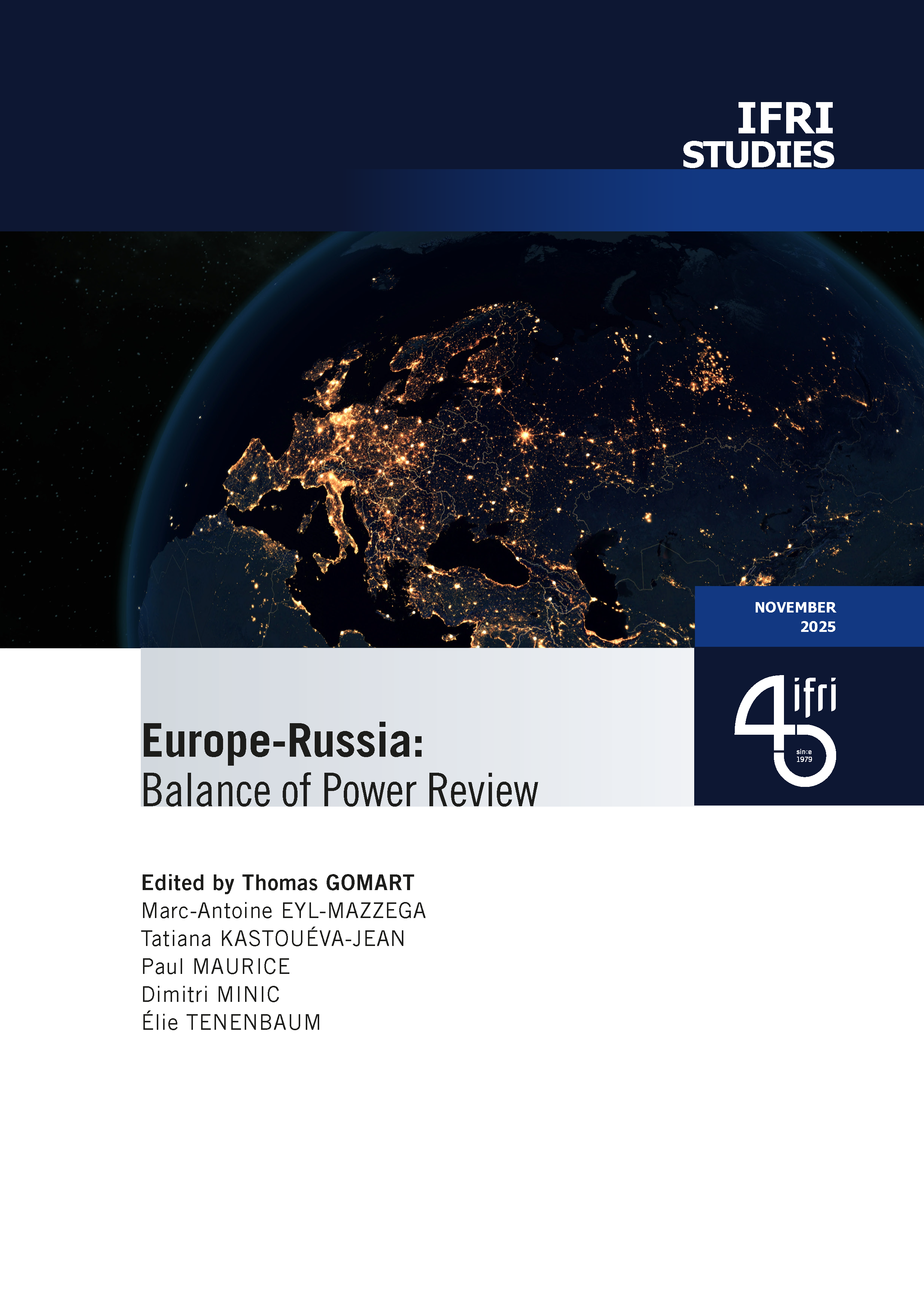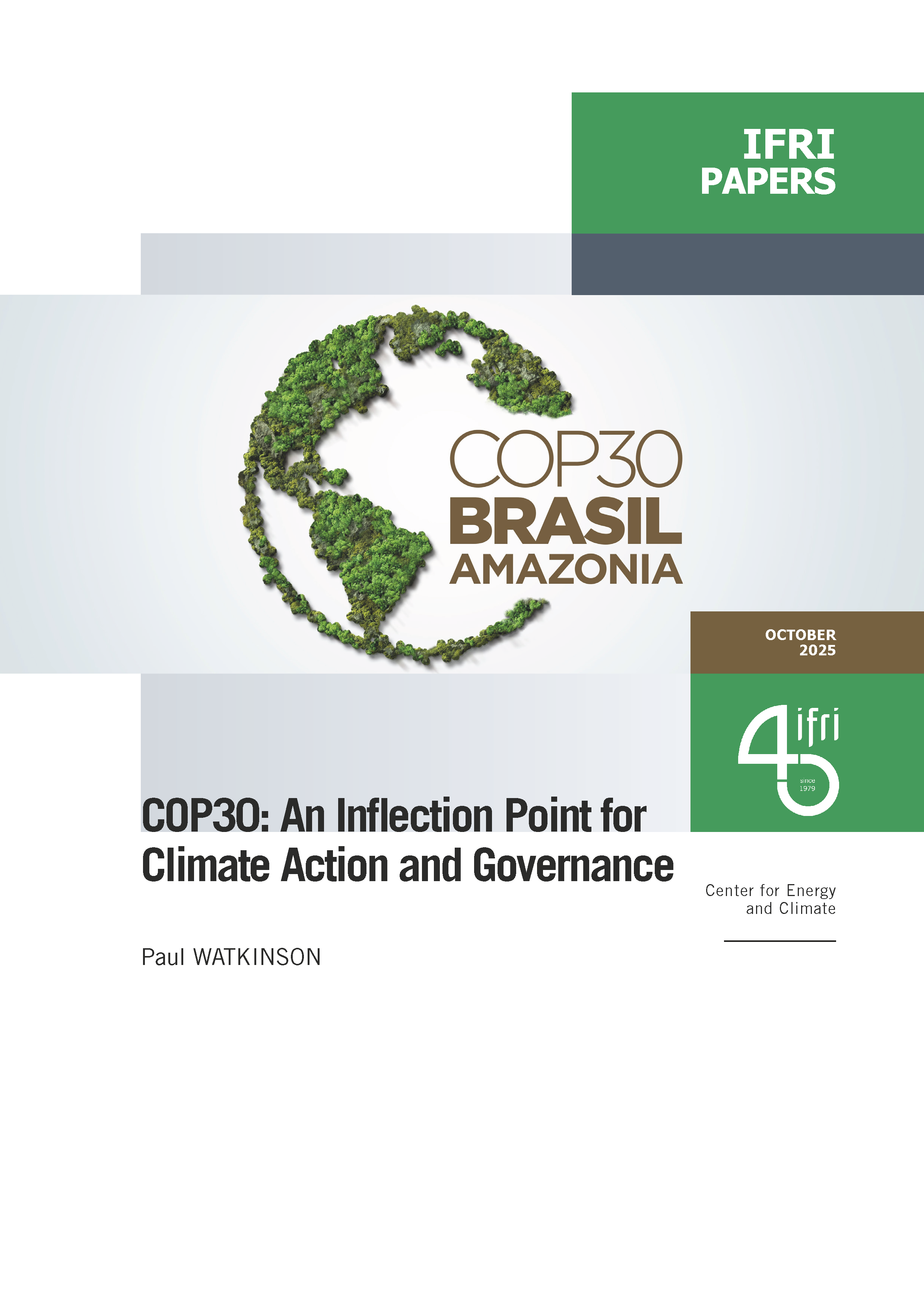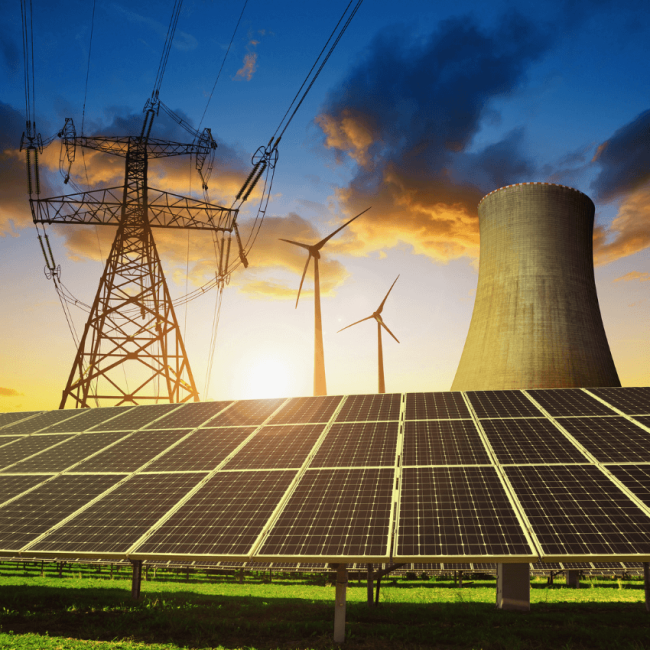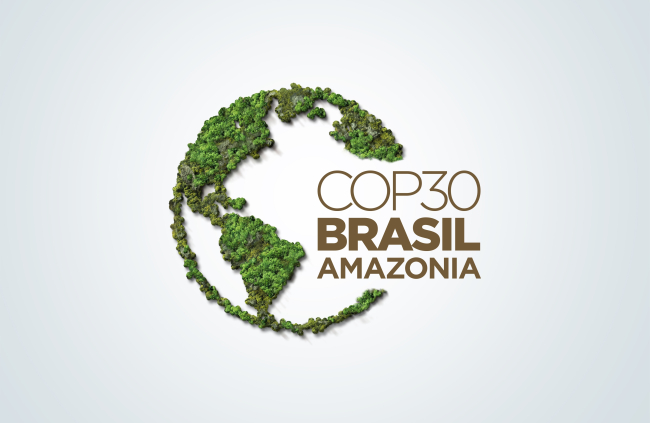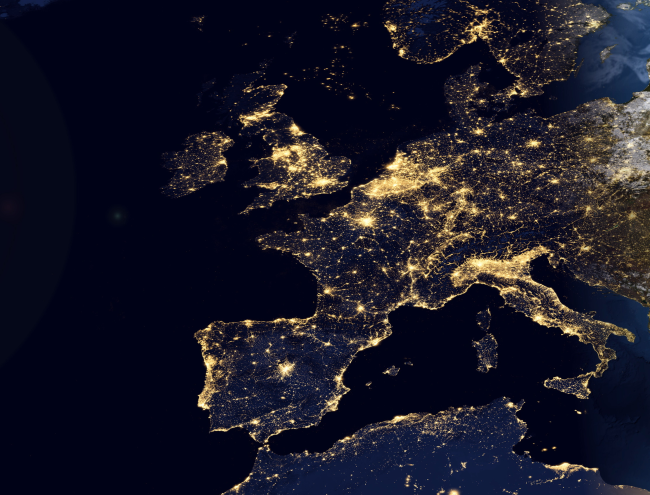Water in Mexico: an Emergency that Will Wait
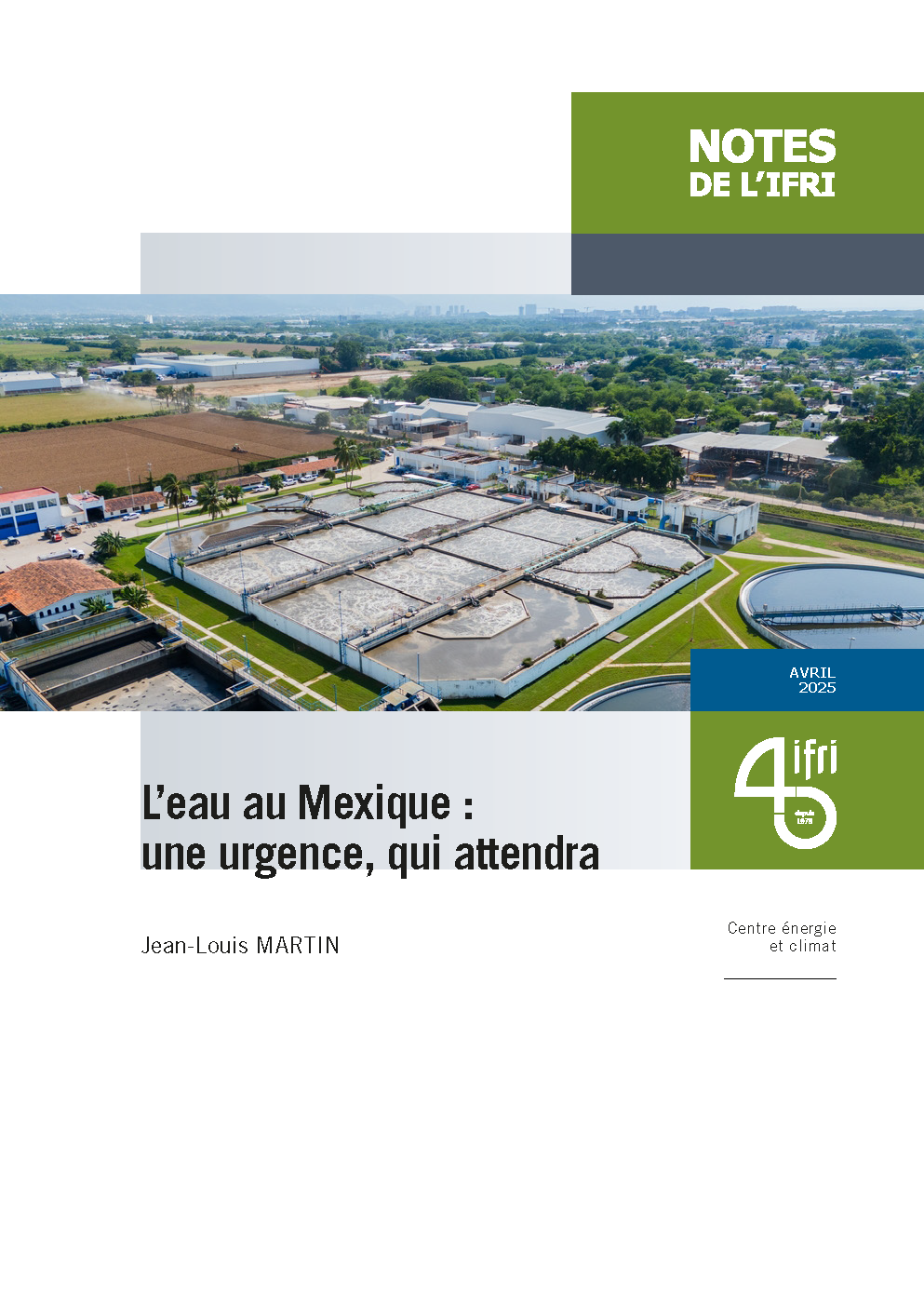
Access to water is already and will become increasingly problematic for Mexican economic actors due to the progressive scarcity of the resource resulting from climate change, a geographical distribution that does not coincide with that of the population or economic activity, and management that has so far been far too lax.
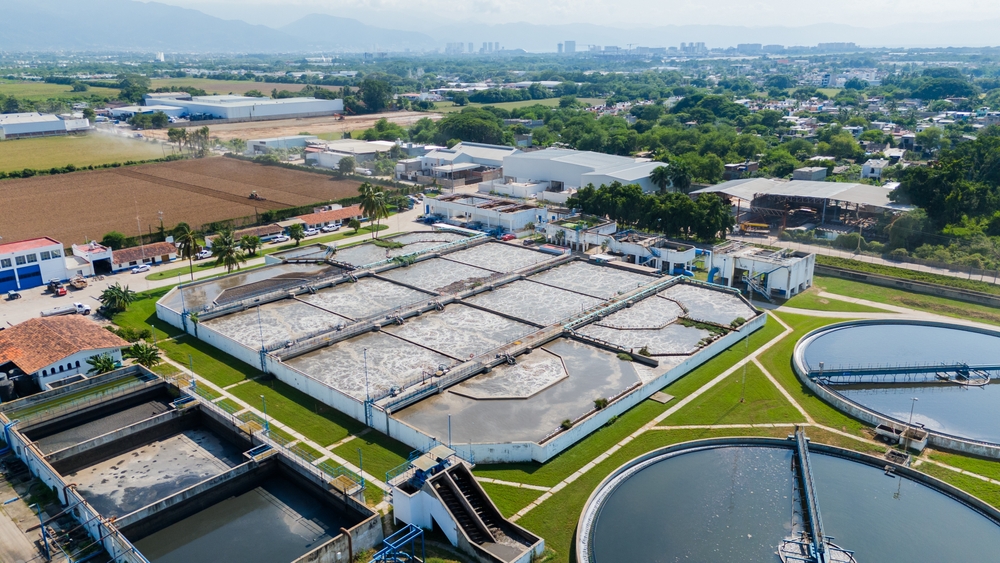
Even the supply of water to cities for human consumption is threatened, as already demonstrated by shortages in Monterrey, in Mexico City, which came very close to severe rationing in June 2024, and in Tijuana very recently. Finally, there is a risk of conflict over water with the United States, as Mexico no longer respects the 1944 agreement on the sharing of waters of shared rivers, a conflict whose resolution could be difficult in the current political context.
Three components appear essential for more sustainable management of water resources:
- A comprehensive review of the “concession” system (in Mexico, these are withdrawal rights): the current system has led to a de facto privatization of what is supposed to be “national property” through the granting of privileges to actors with political influence or economic weight. It not only generates waste but has also become a barrier to industrial development.
- Realistic and general water pricing: these rates are to remain determined at the local level due to the diversity of situations in terms of available resources, but a certain consistency is necessary across the country. Above all, progressive pricing must be introduced for agricultural uses, at least to encourage greater efficiency in use. Finally, the price of water consumed by the population and by agriculture must be effectively collected.
- Strengthened regulation: a national regulator must be responsible for implementing these two elements of reform. This regulator can only be the National Water Commission (Conagua), which will need to be strengthened, including budgetarily.
Powerful political and economic interest groups, including agriculture, which absorbs almost 75% of the extracted resource for free (and up to 95% in some states), favor the status quo. The industrial and service sectors, for which resource scarcity is already a constraint, are more divided between those who have ensured the satisfaction of their needs by obtaining concessions (sometimes diverted from their intended purpose) and those for whom access difficulties are a serious, sometimes insurmountable obstacle to their development or the launch of their operations. President Sheinbaum and her government undoubtedly show more interest in the water issue than their predecessors, but we believe that, unfortunately, resistance to change is such that only an acute and lasting crisis will be able to trigger real reform.
Even if such a reform were implemented, the role of the private sector would remain confined to the margins of the sector in the construction of infrastructure (network, desalination, water treatment) and services (efficiency, reuse, etc.) for industry, commerce, and tourism. In particular, supply to the population will remain a public monopoly, barring a few exceptions.
This paper is only available in French.

Available in:
Themes and regions
ISBN / ISSN
Share
Related centers and programs
Discover our other research centers and programsFind out more
Discover all our analysesBrazil One Year Away from the October 2026 General Elections
Brazil’s general elections will be held on October 4, 2026, to elect the president, vice-president, members of the National Congress, governors, deputy governors and state legislative assemblies. For the presidential and gubernatorial elections, a second round will be held on October 25 if no candidate obtains a majority of the votes in the first round.
COP30: An Inflection Point for Climate Action and Governance
The 30th Conference of the Parties (COP30), opening in Belém, Brazil, on November 10th 2025, convenes at a perilous moment.
The Strategic Dimension of Skills in the Clean Industrial Deal
In the competitiveness and energy transition battles, the European Union (EU) must master a determinant factor: skills.
The Energy Transition Faces Geopolitical Challenges. How Can Ideological Divides Be Overcome?
President Trump’s positions and policies, combined with record coal consumption and booming global electricity demand, geo-economic confrontation, and widespread concerns about energy security, are changing the game when it comes to understanding realistic decarbonization trajectories. The war in Europe is intensifying competition between defense and transition budgets. This is also the case elsewhere in the world.


